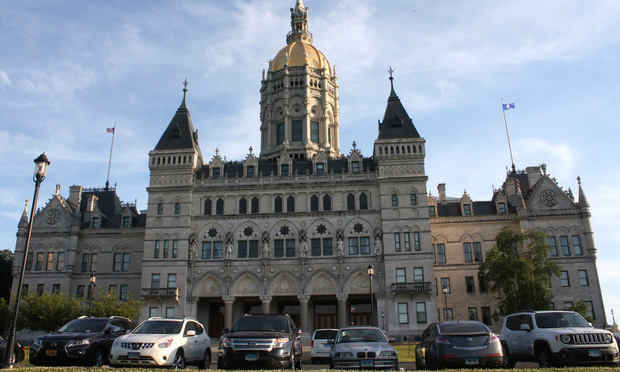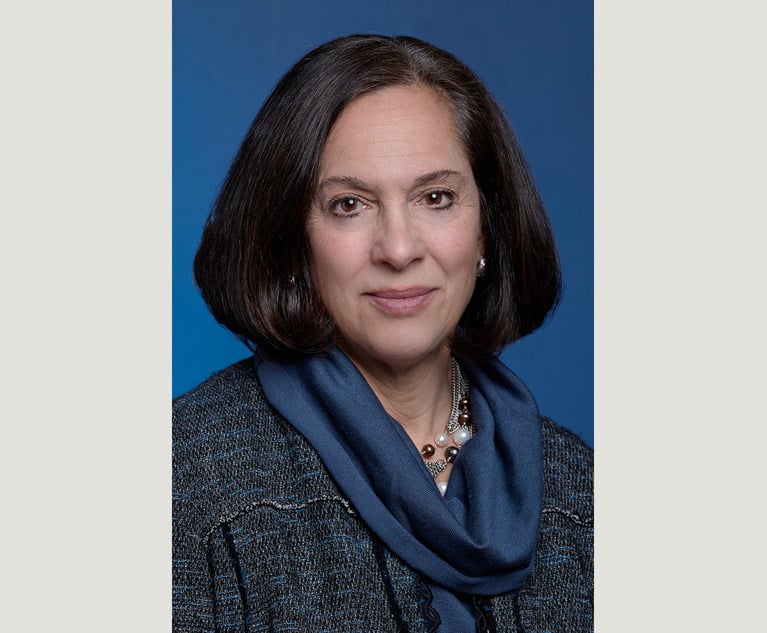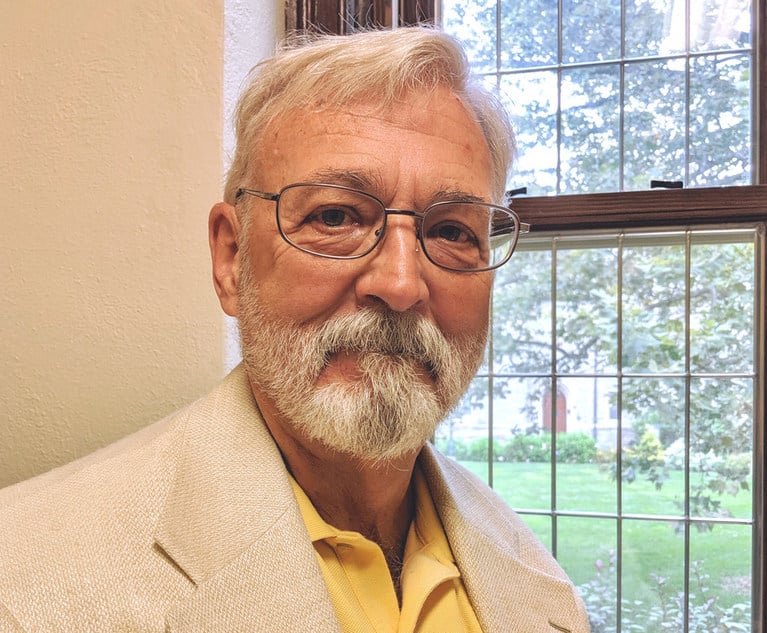Connecticut statutes regulating public housing authorities ensure that government housing subsidies reinforce segregation.
Since 1949, Connecticut law has provided that the “area of operation” for a public housing authority is the municipality where it is located (Conn. Gen. Stat. Ann. § 8-39). A municipal housing authority’s areas of operation can only include neighboring communities if “the governing body of such neighboring municipality agrees by proper resolution” to allow the extension of authority. If the Bridgeport Housing Authority, for example, wants to give a client a housing choice voucher she can use it not just in largely Black and Latino Bridgeport, but over the border in Fairfield or Stratford, and those largely white communities have to vote to allow it. As you can imagine, this doesn’t happen often. In fact, the only partnerships between municipal housing authorities are between overwhelmingly white communities.
This content has been archived. It is available through our partners, LexisNexis® and Bloomberg Law.
To view this content, please continue to their sites.
Not a Lexis Subscriber?
Subscribe Now
Not a Bloomberg Law Subscriber?
Subscribe Now
LexisNexis® and Bloomberg Law are third party online distributors of the broad collection of current and archived versions of ALM's legal news publications. LexisNexis® and Bloomberg Law customers are able to access and use ALM's content, including content from the National Law Journal, The American Lawyer, Legaltech News, The New York Law Journal, and Corporate Counsel, as well as other sources of legal information.
For questions call 1-877-256-2472 or contact us at [email protected]


 Capitol Building in Hartford. Photo by Michael Marciano/ALM
Capitol Building in Hartford. Photo by Michael Marciano/ALM




